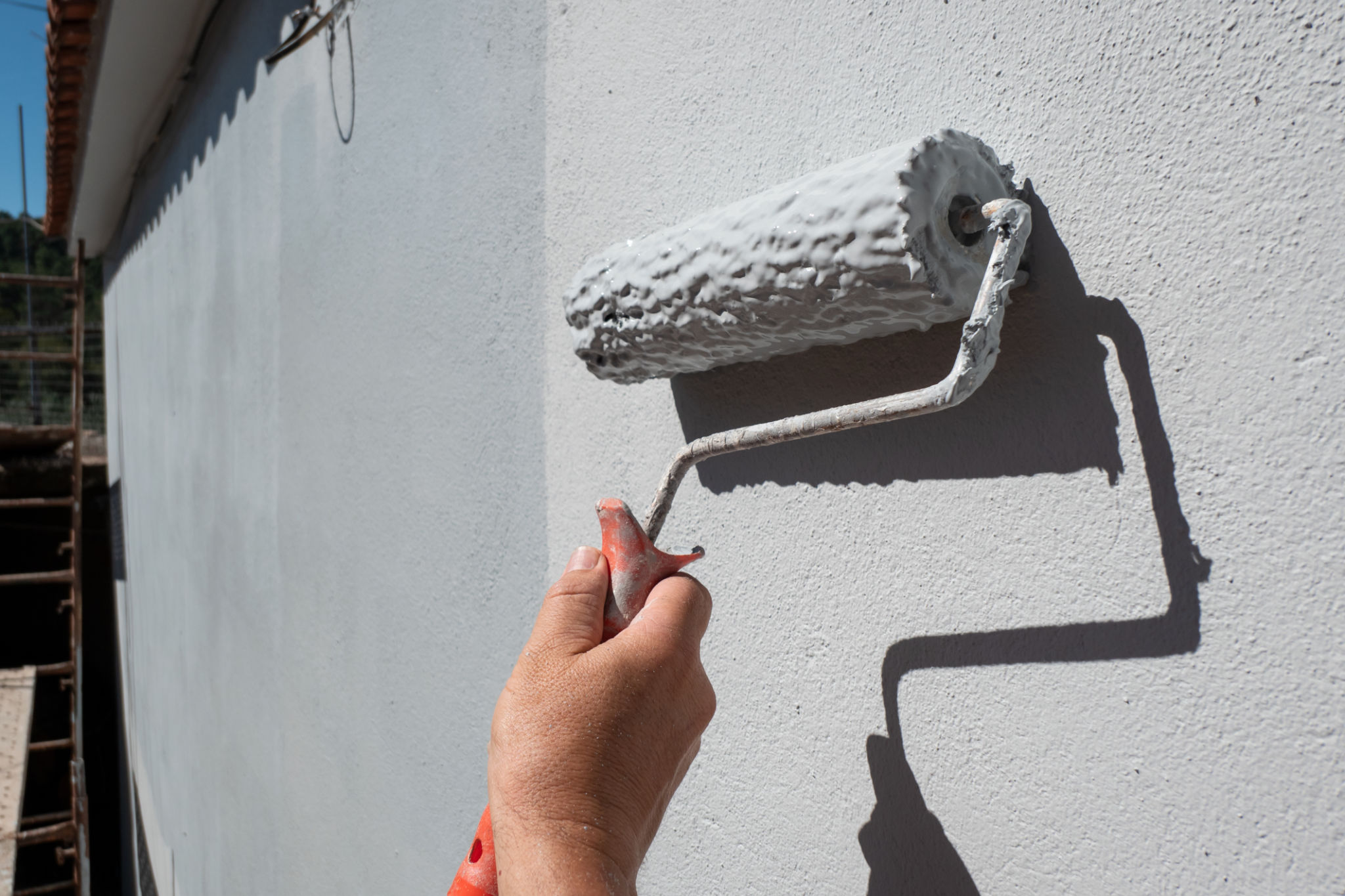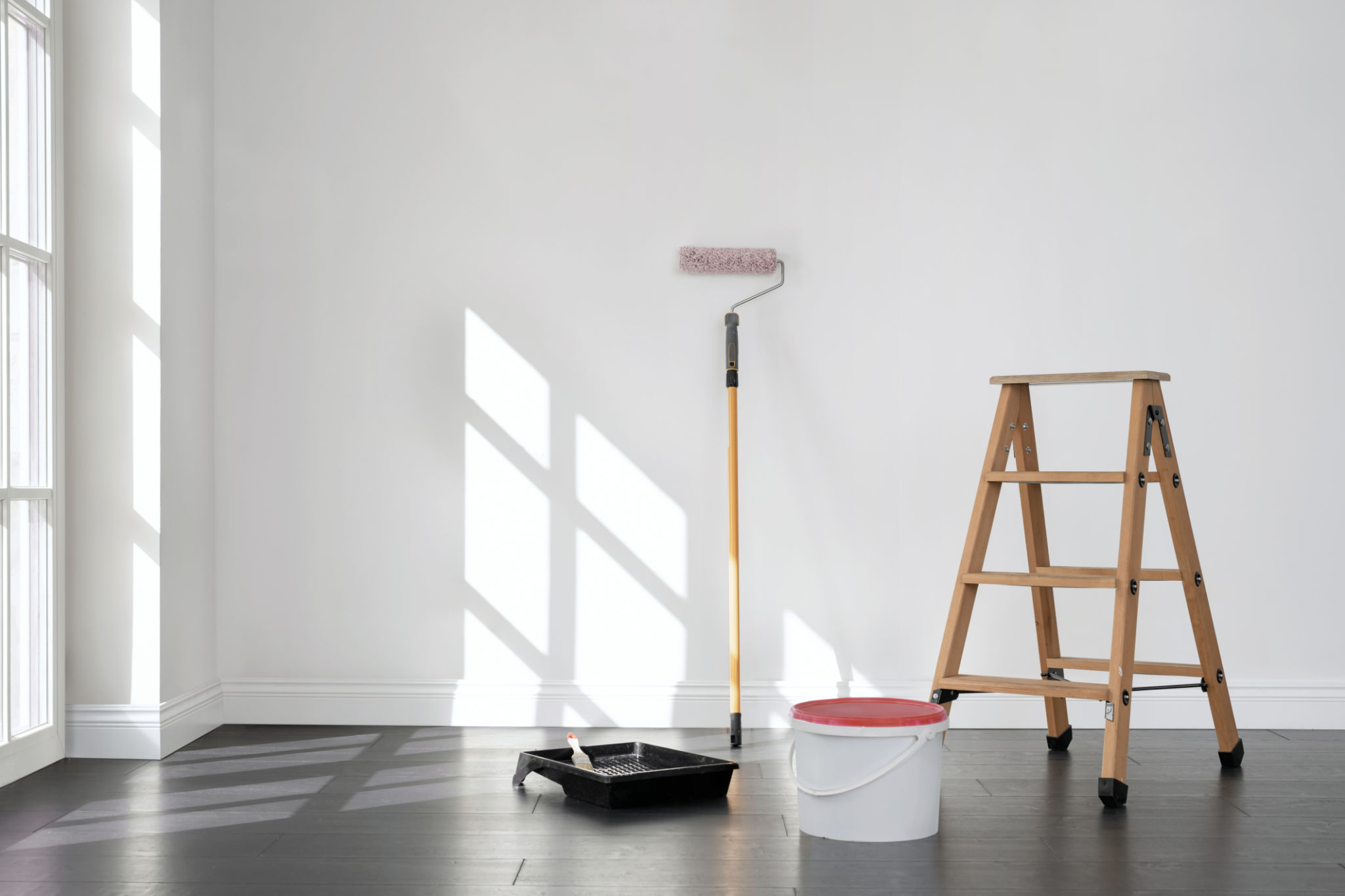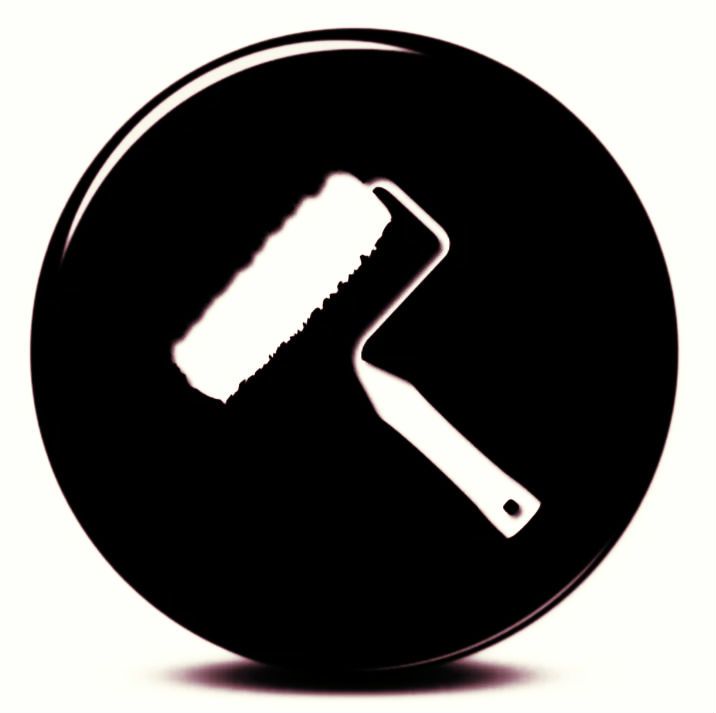Common House Painting Mistakes and How to Avoid Them
The Importance of Proper Preparation
One of the most common mistakes in house painting is skipping the preparation phase. Many people underestimate the importance of prepping the surfaces before applying paint. This includes cleaning the walls, repairing any damages, and applying a primer. Without proper preparation, the paint can peel or chip off easily, leading to a less-than-perfect finish.

To avoid this mistake, start by thoroughly cleaning your walls to remove dust and grease. Next, fill in any cracks or holes with a suitable filler, and once dry, sand the surface for a smooth finish. Applying a primer is crucial as it ensures better adhesion of the paint and improves its durability.
Choosing the Wrong Type of Paint
Selecting the incorrect type of paint for your project is another frequent error. Different surfaces require specific types of paint for optimal results. For instance, bathrooms and kitchens need moisture-resistant paints, while high-traffic areas benefit from more durable, scrubbable finishes.
To avoid this mistake, research the types of paint available and choose one that best suits the room's needs. Consulting with a professional at your local paint store can also provide valuable insights into the best options for your specific project.
Not Using Enough Paint
Using too little paint is a common oversight that can lead to uneven coverage and visible brush or roller marks. It may be tempting to stretch out your paint supply, but this often results in a subpar finish that requires additional coats.

Avoid this issue by calculating the amount of paint needed for your space before starting. Most paint cans provide coverage estimates that can help guide your purchasing decision. It's usually better to have a little extra than to run short midway through the project.
Poor Technique and Tools
The tools and techniques you use play a significant role in achieving a professional-looking finish. Using old or low-quality brushes and rollers can result in streaks and an uneven texture. Additionally, improper techniques such as over-brushing or using incorrect strokes can impact the final appearance.
Invest in high-quality brushes and rollers designed for the type of paint you're using. Practice proper painting techniques, such as maintaining a wet edge and applying paint in consistent strokes. Taking the time to learn these methods can dramatically improve your results.

Ignoring Weather Conditions
Weather conditions can significantly affect your painting project, especially for exterior surfaces. Painting in extreme temperatures or high humidity can lead to issues like blistering or extended drying times.
Plan your painting project during mild weather conditions for optimal results. Check the weather forecast and aim to paint on days with moderate temperatures and low humidity. This helps ensure that your paint dries evenly and adheres properly.
Skipping Cleanup
Once you've finished painting, it's crucial not to skip the cleanup process. Leaving brushes and rollers unwashed can ruin them, while leftover paint splatters can permanently damage floors or furniture.
Clean your tools immediately after use according to the paint manufacturer's instructions. This not only extends the life of your equipment but also makes it easier to use them again for future projects. A tidy workspace also ensures you won't have to deal with unnecessary stains or marks later on.
